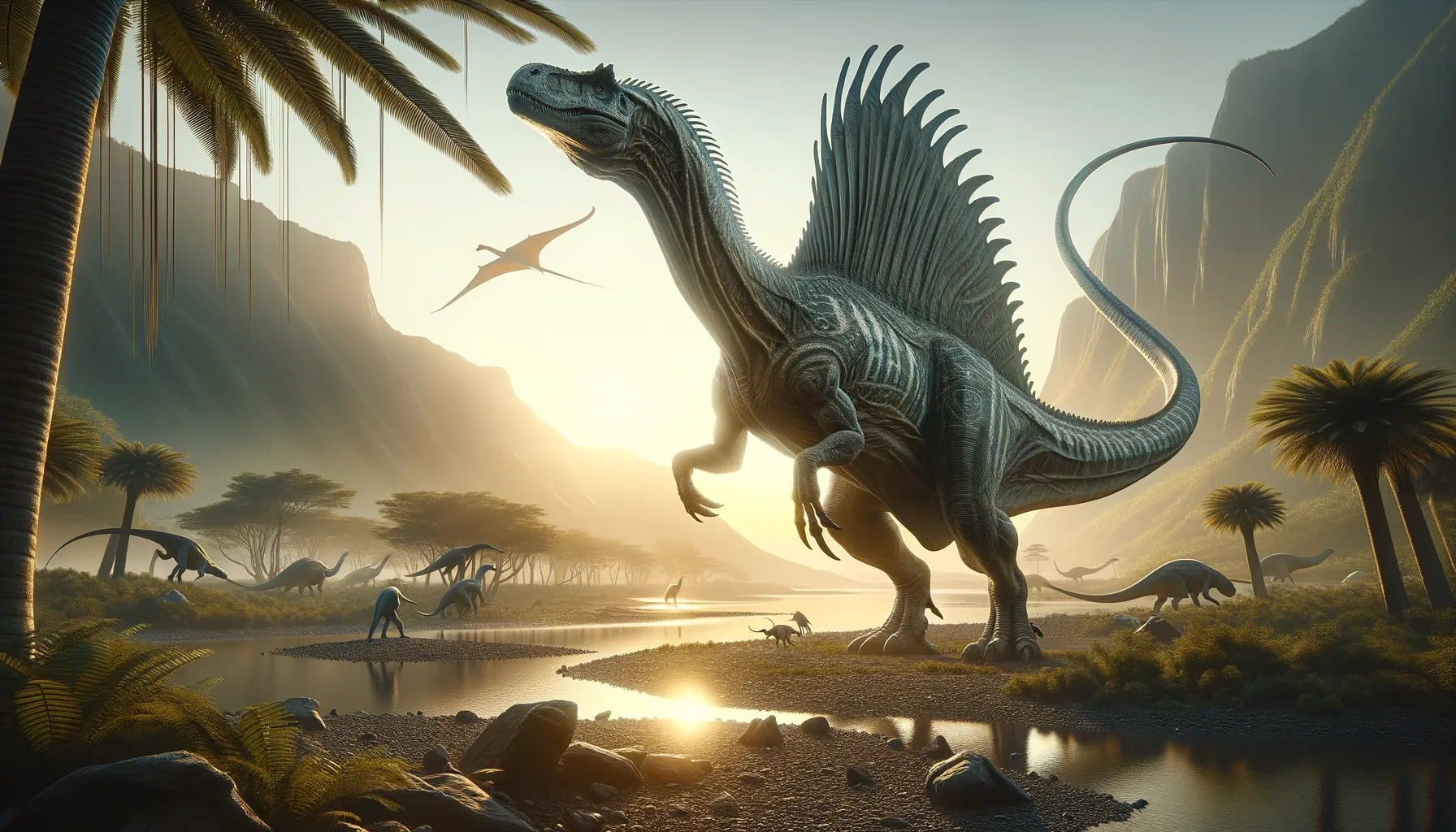
Procerosaurus
The mysterious fossil enigma.
Period
Triassic
Length
Precise length is unknown, lacking sufficient fossils.
Height
Exact height remains uncertain due to limited finds.
Weight
Its weight is unknown due to limited fossil evidence.
Procerosaurus remains one of the more enigmatic dinosaurs due to limited fossil findings. Originally described from a few bone fragments, much about its physical attributes and lifestyle remains subject to academic speculation. It was believed to have lived during the Triassic period. Though often discussed in paleontological circles, it has been challenging to paint a complete picture due to the scarcity of comprehensive fossil records.
Diet
Due to limited evidence, the diet of Procerosaurus is not well-documented. Similar dinosaurs from the period were often carnivorous or omnivorous, suggesting it might have had a varied diet including small animals.
Hunting
Hunting behavior specifics are not clear because of sparse data. It might have relied on stealth and quick attacks to capture smaller prey, akin to other similarly sized carnivorous dinosaurs.
Environmental challenges
Surviving during the Triassic, Procerosaurus faced competition for food from both land-based and early aquatic species. Changes in climate and habitat due to shifting continental plates likely challenged its existence. Predation from larger predators would have been a constant threat. Adaptations to these evolving conditions remain speculative, as concrete fossil evidence is lacking.
Speed
Little is known about Procerosaurus's speed due to scarce findings.
Lifespan
Exact lifespan unknown, typical of medium-sized dinosaurs.
First discovery
First remains attributed to Procerosaurus were discussed in 1898.
Fun Facts
- Procerosaurus is a dinosaur that lived during the Late Triassic period, around 210 million years ago.
- The name 'Procerosaurus' means 'before the horned lizard', reflecting its place in the dinosaur family tree.
- Despite being named Procerosaurus, very little is known about this dinosaur due to the scarcity of fossil evidence.
- Procerosaurus is believed to be a carnivorous dinosaur, although not much is certain about its diet or hunting habits.
- Fossils attributed to Procerosaurus were discovered in Germany, providing clues to its existence in ancient Europe.
- There has been some confusion historically, as the name Procerosaurus was previously applied to another unrelated dinosaur species.
- Due to the limited remains, Procerosaurus remains somewhat of a mystery to paleontologists, helping fuel the fascination with uncovering more about our planet's prehistoric past.
Growth and Development
Details about its growth remain unclear, partly due to the lack of juvenile fossils. Like many dinosaurs, it likely underwent significant growth spurts during juvenile stages. Maturity might have brought changes in behavior or territory to enhance survival against predators.
Habitat
Presumed to have inhabited varied environments typical of the Triassic, Procerosaurus might have lived in floodplains. The scarcity of fossil records makes it difficult to ascertain specifics. Nearby freshwater sources could have influenced its choice of habitat and interactions.
Interaction with other species
Interactions with other species are largely speculative due to a lack of comprehensive fossil records. Procerosaurus might have competed with contemporary species for resources. Fossil context, when found, might reveal more about possible predators or prey cohabiting its environments.
Natural lifespan
No reliable data exists regarding its natural lifespan.
Reproduction
Reproductive behaviors and methods remain largely unknown. Like other dinosaurs, it might have laid eggs and possibly employed basic nesting habits.
Social behaviour
Its social behavior is uncharted due to limited fossil specimens. Typical behavior of similar dinosaurs includes possible solitary hunting with occasional aggregation for breeding.
Fossil locations
Fossils attributed to Procerosaurus were originally discovered in Germany. However, due to sparse specimens, precise mapping of its fossil distribution is limited.
